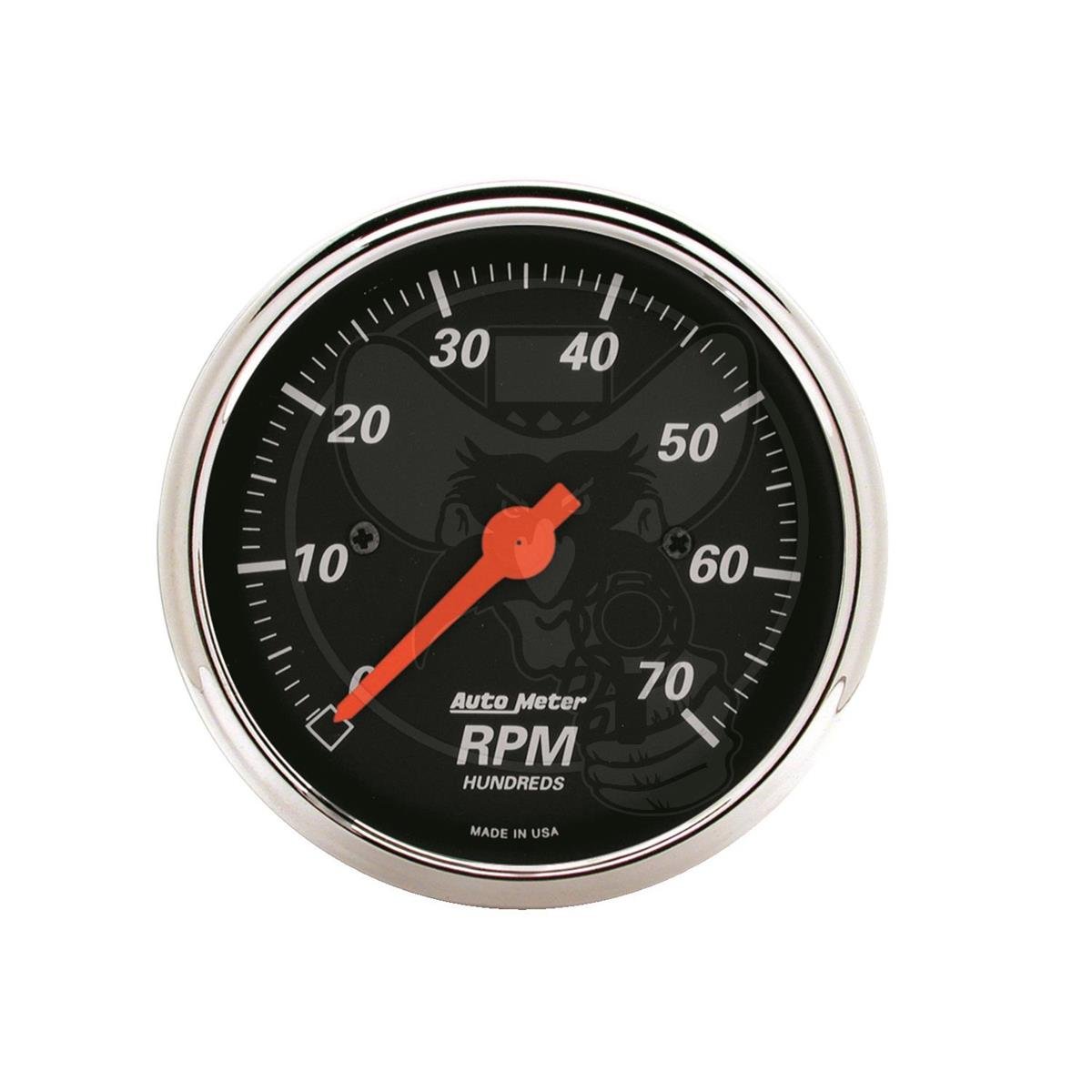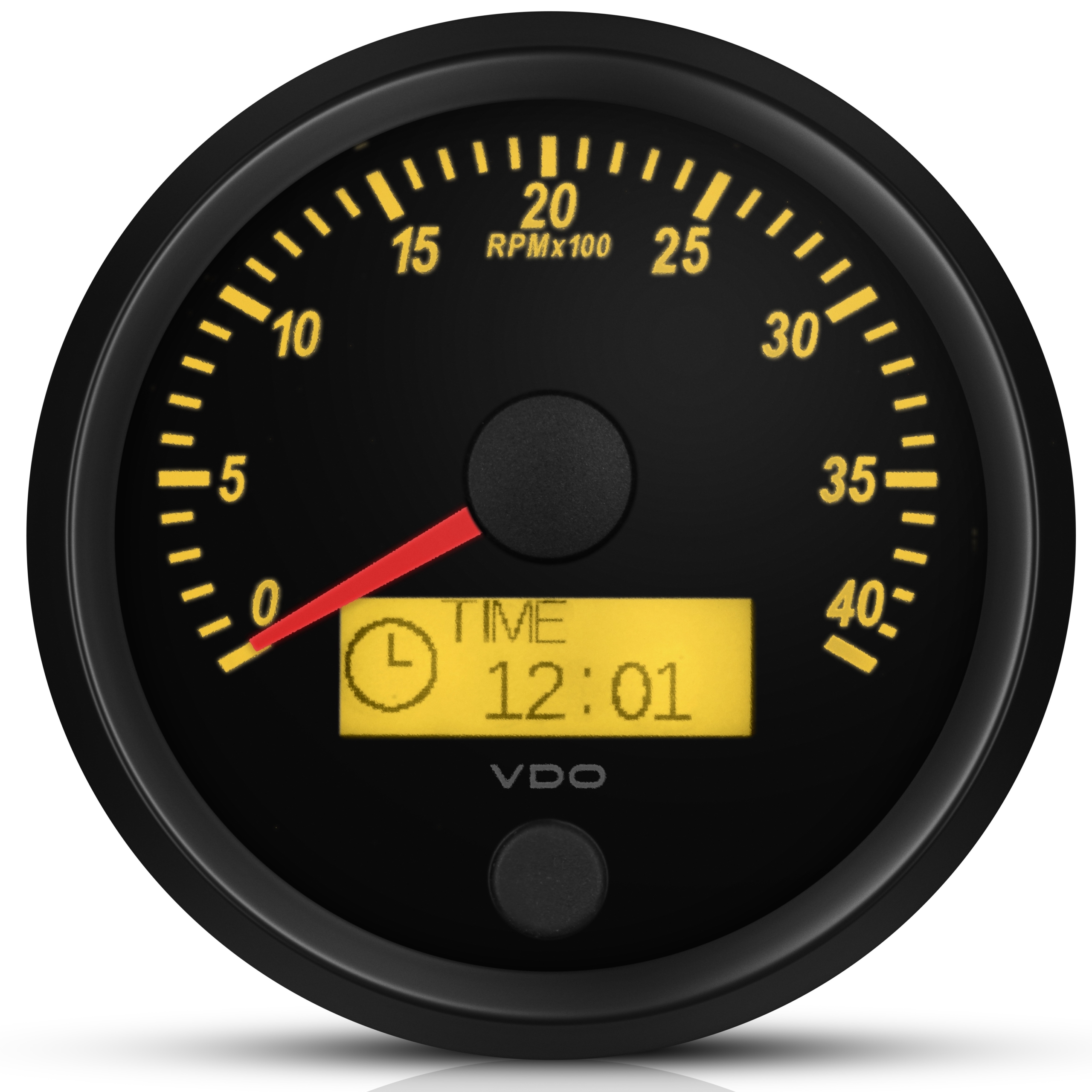The Relevance of a Tachometer in Keeping An Eye On Engine Rate and Performance in Automotive Applications
In the world of vehicle design, the tachometer stands as a crucial tool in the vehicle driver's toolbox, supplying a straight home window into the inner functions of a lorry's engine. Beyond its function as a mere gauge of transformations per min (RPM), the tachometer serves as an important tool for fanatics and professionals alike, using real-time insights into engine efficiency and wellness. Comprehending the relevance of this device surpasses surface-level monitorings, delving into the elaborate connection in between engine speed, power result, and overall driving experience. As we check out the multifaceted role of the tachometer in automotive applications, a deeper recognition for its effect on automobile characteristics and efficiency starts to arise.
Importance of Keeping Track Of Engine RPM
Checking engine RPM, or revolutions per minute, is a critical facet of automotive upkeep and performance analysis. Engine RPM straight associates with the speed at which the engine's crankshaft rotates, suggesting how rapidly the engine is running.
Moreover, monitoring engine RPM is necessary for efficiency assessment in racing and high-performance lorries. Keeping optimum RPM levels is crucial for accomplishing peak power result and velocity. Racers frequently utilize tachometers to ensure they are running within the perfect RPM range for maximum performance. In recap, keeping an eye on engine RPM is not just important for detecting problems yet also for optimizing engine efficiency in various automotive applications.

Benefits of Real-Time Data
In vehicle applications, real-time information plays a critical duty in giving immediate insights into the performance and condition of the car. By continuously keeping track of different specifications such as engine speed, temperature, fuel consumption, and more, real-time data offers numerous advantages that add to boosted performance and safety and security on the roadway.
One substantial benefit of real-time data is its ability to alert drivers and technicians to any kind of abnormalities or problems quickly. This proactive approach makes it possible for fast identification of potential problems, enabling prompt interventions to stop further damages or failures. Furthermore, real-time data facilitates efficiency optimization by supplying immediate responses on driving routines and engine effectiveness. Drivers can readjust their habits in real-time based on this details to accomplish better gas economic climate and prolong the life-span of their car.

Furthermore, real-time data plays a crucial duty in modern-day automotive diagnostics, enabling technicians to swiftly diagnose and attend to malfunctions. This leads to decreased downtime, reduced upkeep expenses, and ultimately, enhanced general automobile reliability and long life (tachometer). By harnessing the power of real-time data, automotive stakeholders can make enlightened choices that favorably affect both the efficiency and durability of the lorry
Effect On Gear Shifts
The tachometer plays a vital role in enhancing equipment changes by offering real-time engine rate data to the vehicle driver. When coming close to the redline on the tachometer, it signifies the vehicle driver to upshift to protect against over-revving the engine and creating prospective damage.
Furthermore, the tachometer help in accomplishing smoother gear transitions, particularly check out this site in hand-operated transmissions. By checking engine speed, chauffeurs can perform gear changes at the ideal RPM range, reducing snagging activities and lessening wear on the transmission components. This accuracy on duty modifications not only boosts driving comfort however also adds to sustain effectiveness.
Enhancing Fuel Performance
Provided the crucial role the tachometer plays in maximizing equipment shifts for efficiency and engine health, it straight adds to optimizing fuel performance in auto applications. By supplying real-time feedback on engine speed, the tachometer helps motorists in maintaining one of the most efficient RPM range for gas economy. read here When vehicle drivers regularly check the tachometer and change their motoring practices accordingly, they can stay clear of unnecessary gas consumption triggered by over-revving or lugging the engine.
In addition, the tachometer aids drivers identify the most fuel-efficient gear to be in at any given moment, stopping the engine from functioning more challenging than essential. In verdict, the tachometer offers as a beneficial device in boosting fuel effectiveness by promoting optimal driving practices and identifying areas for improvement in the vehicle's efficiency.

Optimizing Engine Durability
The tachometer's function in monitoring engine rate and performance is important in guaranteeing the long life of automobile engines. Checking the tachometer allows vehicle drivers to stay within the suggested RPM click now range for their automobile, avoiding unneeded stress on the engine and expanding its life-span.

Verdict
Finally, the tachometer plays a vital role in checking engine speed and efficiency in automobile applications. By providing real-time information on RPM, it permits effective equipment changes, boosted fuel performance, and made best use of engine durability. This device is vital for keeping optimal engine efficiency and ensuring the general functionality of a car.